Get PeakVisor App
Sign In
Search by GPS coordinates
- Latitude
- ° ' ''
- Longitude
- ° ' ''
- Units of Length

Yes
Cancel
Share ×

Scan the QR code and open PeakVisor on your phone
❤ Wishlist ×
Choose
Delete
Deep in Miaoli’s mountainous countryside are the flame-colored Huoyan peaks. Known as the Taiwanese Grand Canyon, the ochre-hued hills are the striking feature of Miaoli Sanyi Houyan Mountain Nature Reserve (苗栗三義火炎山自然保留區). Comprising only one named hill, Nanhouyanshan (南火炎山) measures 385 meters (1,263 ft).
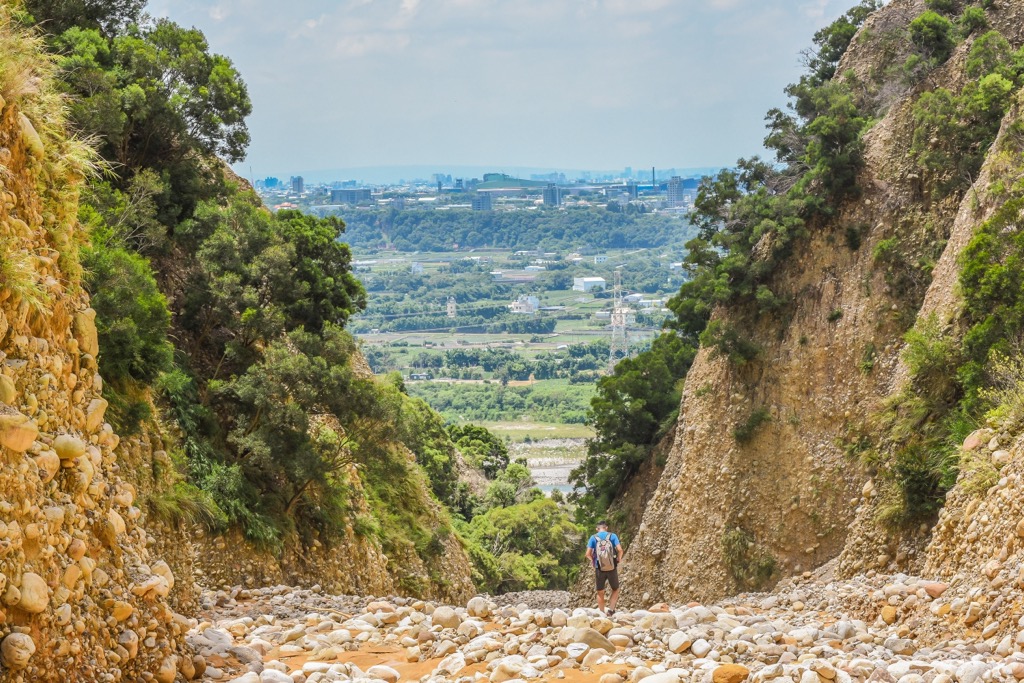
Miaoli Sanyi Houyan Mountain Nature Reserve lies at the intersection of Sanyi Township (三義鄉) and Yuanli Township (苑里镇) of Miaoli County (苗栗縣) in north-central Taiwan. Facing the Da’an River in the south, the Huoyan mountains are isolated, encircled by low-lying plains to the south and smaller hills in the north. The entire nature reserve covers an area of 219 ha (541 ac).
Composed of gravel with high-iron content, Nanhuoyanshan’s rock bed has a reddish-brown color. When the sun shines on the peak, it glows like a raging fire.
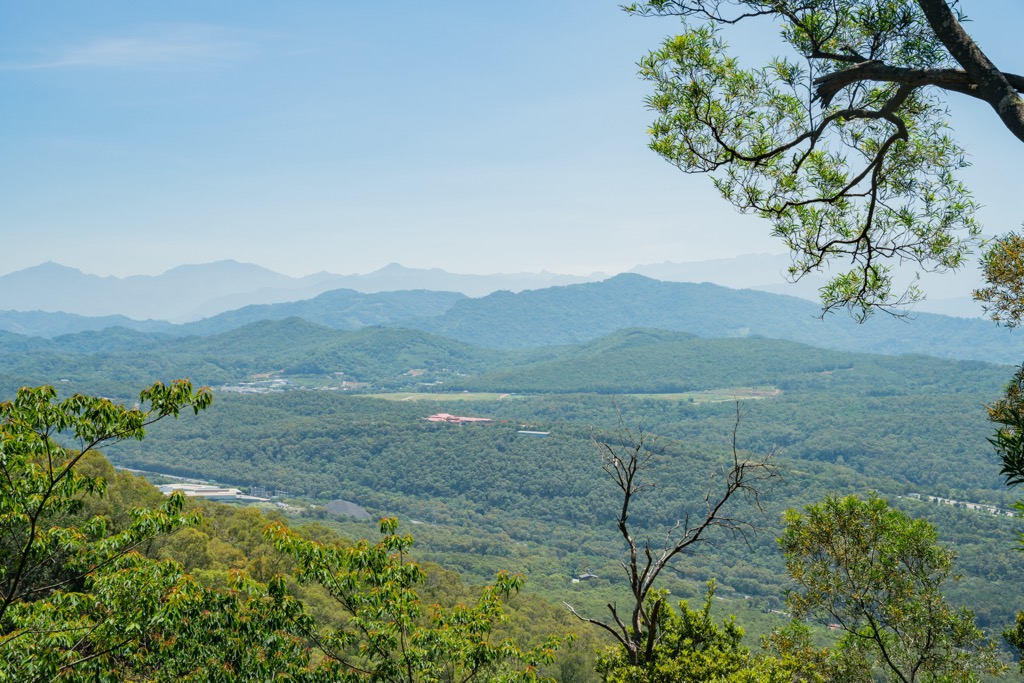
A year-round foggy and humid area, Miaoli Sanyi Houyan Mountain Nature Reserve enjoys an annual average temperature of 23.7°C (75°F). In the summer, the mild climate peaks at 34°C (93°F), while winter drops to 16°C (61°F).
Humidity levels hover around 86%, with a yearly precipitation average of 1,800mm (71 in). Winter’s northeast monsoon and summer’s typhoons are Miaoli’s two rainy seasons, and it's when Nanhuoyanshan’s weathering happens, as heavy rain strips the loose soil.
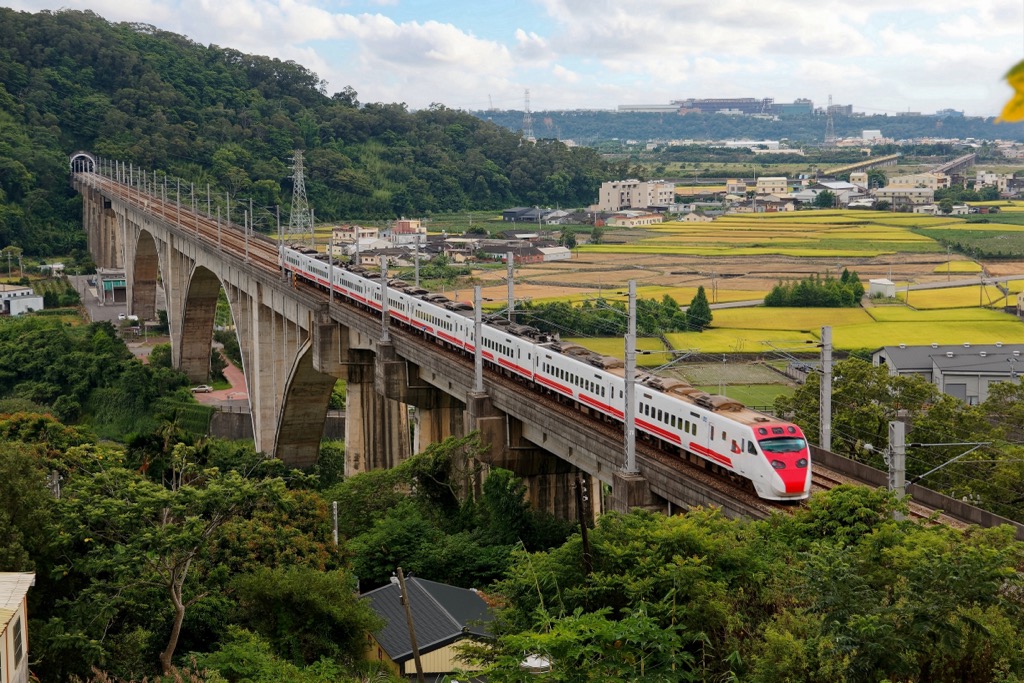
The Miaoli Sanyi Houyan Mountain Nature Reserve is remote, so there aren’t many well-known neighboring attractions. Below in Taichung City (臺中市) in the southwest is Gaomei Wetlands (高美濕地), while to the southeast is Dongshi Forest Garden (東勢林場遊樂區). Tai’an Hotsprings (泰安溫泉) are to the west, and Miaoli City (苗栗市) is northwards of the reserve.
Nanhuoyanshan’s rock strata consist primarily of laterite from the Quaternary Period. Laterite is a rock and soil abundant in iron and aluminum, originating in hot and humid tropical regions.
Due to high iron oxide content, most laterites are reddish-brown. They form when the underlying parent rock undergoes intense and extended weathering, typically under high temperatures and heavy rainfall, alternating between wet and dry periods. As a result, laterites are typical between the tropics of Cancer and Capricorn.
Many of the boulders around Nanhuoyanshan are rounded, the result of countless millenia of water and erosion millions of ago, before the rocks mixed with sand to form a sedimentary layer.
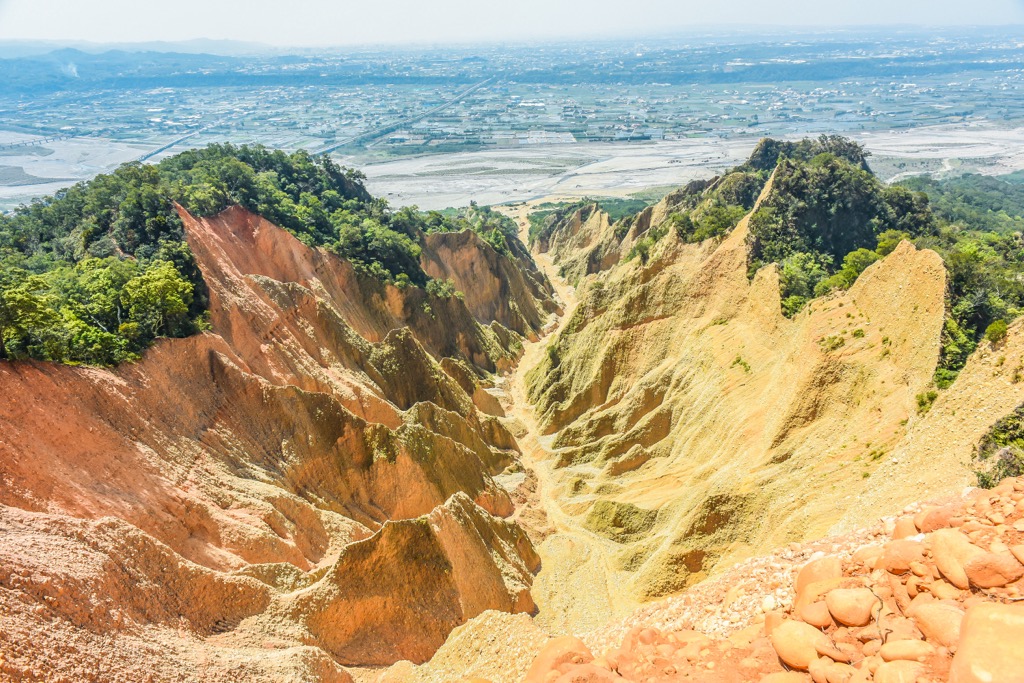
Due to the Penglai orogenic movement, the 1,000-meter thick (3,281 ft) laterite layer on Huoyanshan (火炎山) underwent a rapid uplift and eventually surfaced.
Within the Miaoli Sanyi Houyan Mountain Nature Reserve, there is a diverse collection of flora consisting of 374 documented plant species. The broadleaf forest has a thriving community of acacias, sweetgum, and rhododendrons. The nature reserve also holds one of Taiwan’s most extensive masson pine groves of 60 ha (148 ac). The masson pine’s red bark compliments Nanhuoyan’s fiery rock bed.
The current Huoyan Mountain Trail is part of the Lemongrass Ancient Trail, originally connecting the Sanyi and Yuanli areas. Prior to the Qing Dynasty, the Pingpu people used this route as a connection road between Liyutan and Sanyi. During the Qing Dynasty and Japanese Occupation Era, Han people also utilized the same route to travel from Sanyi to Yuanli for reclamation purposes.
During the 1950s, the residents of the Sanyi and Dahu area planted many citronella plants in Huoyanshan, as it was an essential ingredient for making perfume and the cholera vaccine at the time. Taiwan's lemongrass production significantly contributed to the global production rate, with 80% coming from Huoyanshan alone. Traders facilitated the transportation of lemongrass from Huoyanshan to Sanyi through the ancient road, hence the name of the Lemongrass Ancient Trail.
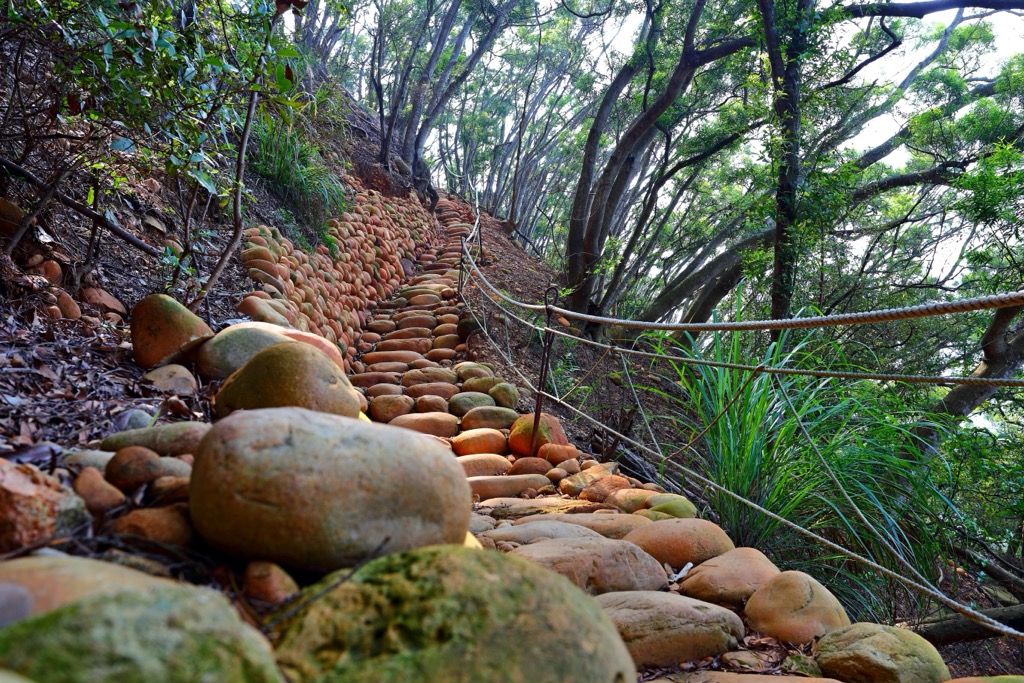
In the late 1960s, chemical spices replaced citronella as a more popular choice, causing residents to stop planting citronella. Consequently, the government opened many new roads, and the ancient route became overgrown with weeds. Recently, local cultural and historical workers have taken it upon themselves to restore this historically significant trail.
To explore the best of nature in and around the Miaoli Sanyi Huoyan Mountain Nature Reserve, we recommend these major hiking trails and areas:
Tread the burnt orange and rust-colored mountain for a view like no other. As you ascend the jagged peak with a thriving masson pine forest, you’ll survey the golden landscape from above on your 6.4 km ($ mi) journey.
Hiking a circular route, you’ll begin climbing Nanhouyanshan with its vertical ocher cliffs of thin topsoil. Be careful not to get too close to the precipice, and take rest stops to admire the striking scenery of the crumbling steep escarpment tinged in blazing red under the glowing sun.
You’ll survey the Da’an River Valley and vertical gravel badlands with a fiery forest of masson pine. As you clamber the path northwards towards Huoyanshan, you’ll walk one of many ancient roads of the Pingpu and Hakka people who would trade citronella with merchants in northern Miaoli City.
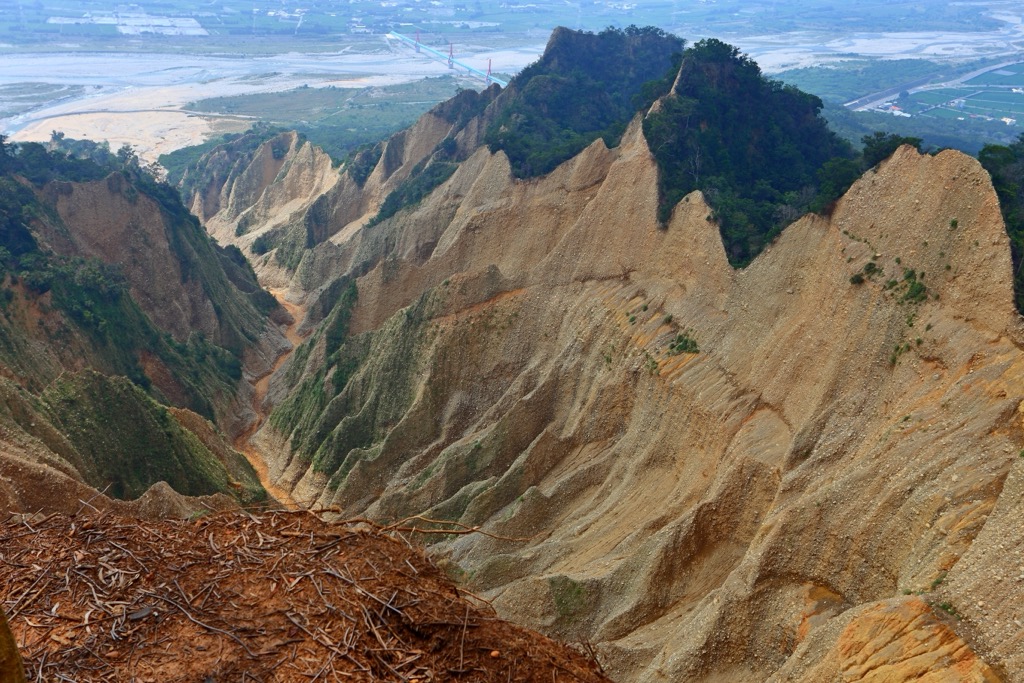
From northern Houyanshan, you’ll observe the rippling hills in the north and the yellow mountain corridor leading to Nanhouyanshan in the south. Completing an O-shaped route, you’ll cross broadleaf forests teeming with wildlife on your journey back to Nanhouyanshan.
A quiet and peaceful attraction near the Miaoli Sanyi Huoyan Mountain Nature Reserve is Liyutan Reservoir (鯉魚潭壩), a 432 ha (1,067 ac) irrigation dam. Surrounded by vibrant vegetation of persimmon, peach, and plum trees, lush greenery envelops the emerald waters. Undulating hills serve as a dreamy backdrop against the still waters, a beautiful sight to admire at all vantage points.
Walk the paths that trace the turquoise lake, climbing towards lookout points to take in the entire landscape of Liyutan Reservoir. After you’ve scaled the environment, pop into one of the lakeside cafes for refreshments near the water. A stunning area of natural beauty, enjoy a peaceful day under the radiant Taiwan sun that glimmers against the lake’s still water.
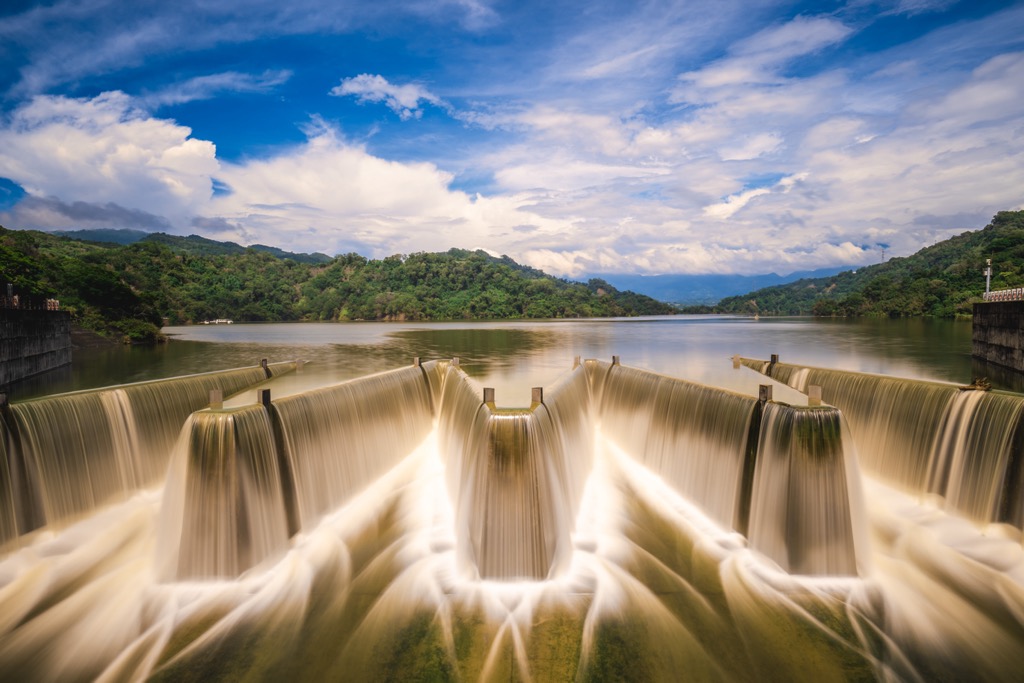
Located near Liyutan Reservoir are the broken remains of Longteng Bridge (龍騰斷橋). The grand red brick arched bridge was built in 1895 and collapsed during the 1935 earthquake. Several pillars remain, though nature is quickly gaining ground as vines and plants grow along and above the bridge.
This landmark is an esteemed tourist attraction because of its historical significance and scenic surroundings. The railroad was constructed during the Japanese Occupation Era using glutinous rice to create bricks. Longteng Station, located a short walk from the remains, is also a popular attraction with its Japanese-styled architecture of wooden slat exterior.
While popular throughout the year, the Remains of Longteng Bridge is most beautiful in spring during the tung blossom season. The landscape is so picturesque that it's a celebrated yearly event. Against a thriving forest of camphor, acacia, and nanmu trees, the milky pops of tung flowers add a romantic element to the red brick columns of Longteng Bridge.
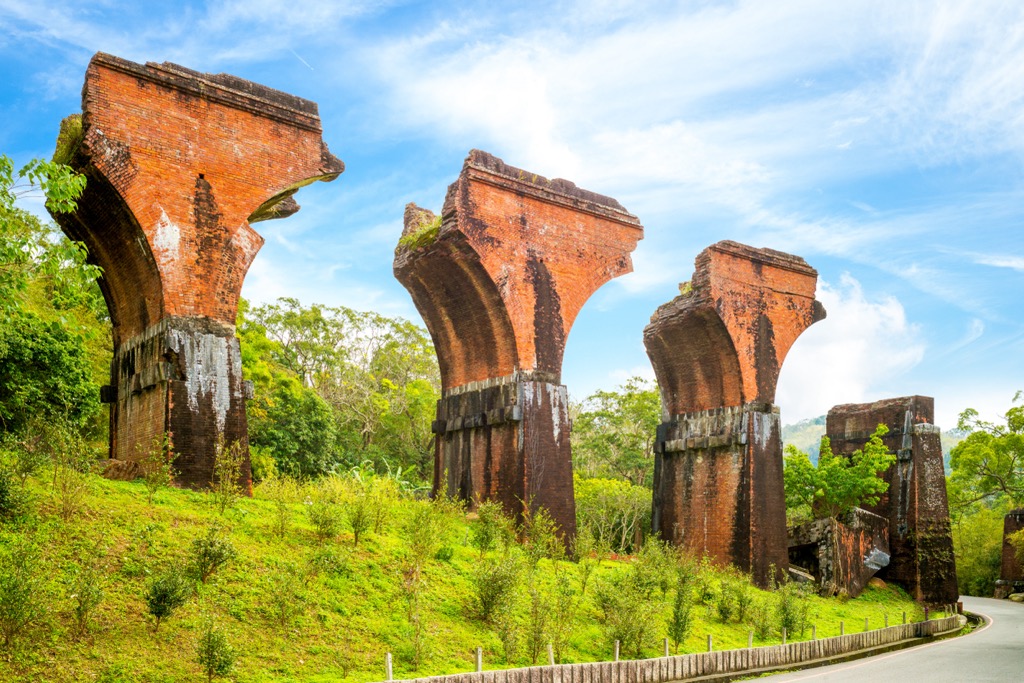
North of the Miaoli Sanyi Huoyan Mountain Nature Reserve in the rippling hills is Mount Jihua Sky Trail, a 1.7 km (1 mi) path. Hikers and cyclists love visiting this trail for its mesmerizing views from Jihuashan’s (九華山) mountain ridge.
Leading towards a sky bridge that brushes the tree tops, enjoy unrivaled views of the scenery below as you admire the valleys, tea plantations, and plains stretching in the distance. Also known for its flourishing tung flowers, these spring blossoms adorn the green landscape with fresh pops of cream-colored petals.
Another season to visit is November, when chrysanthemums add pink hues to the mountainside. On a clear day, you can locate Taiwan’s western coastline and deep blue sea, while inland, you’ll view a rolling network of hills.
If you find yourself in the region between November and April, a visit to Dahu Strawberry Fields (大湖草莓園) is a must. This vast 500 ha (1,236 ac) farm is Taiwan's largest producer of juicy red strawberries.
Around 80 % of the island's strawberries are grown here, allowing visitors to experience the best of Taiwan's agricultural scene. The farm's souvenir shop offers a delightful selection of strawberry-infused alcohol, ice cream, and syrup.
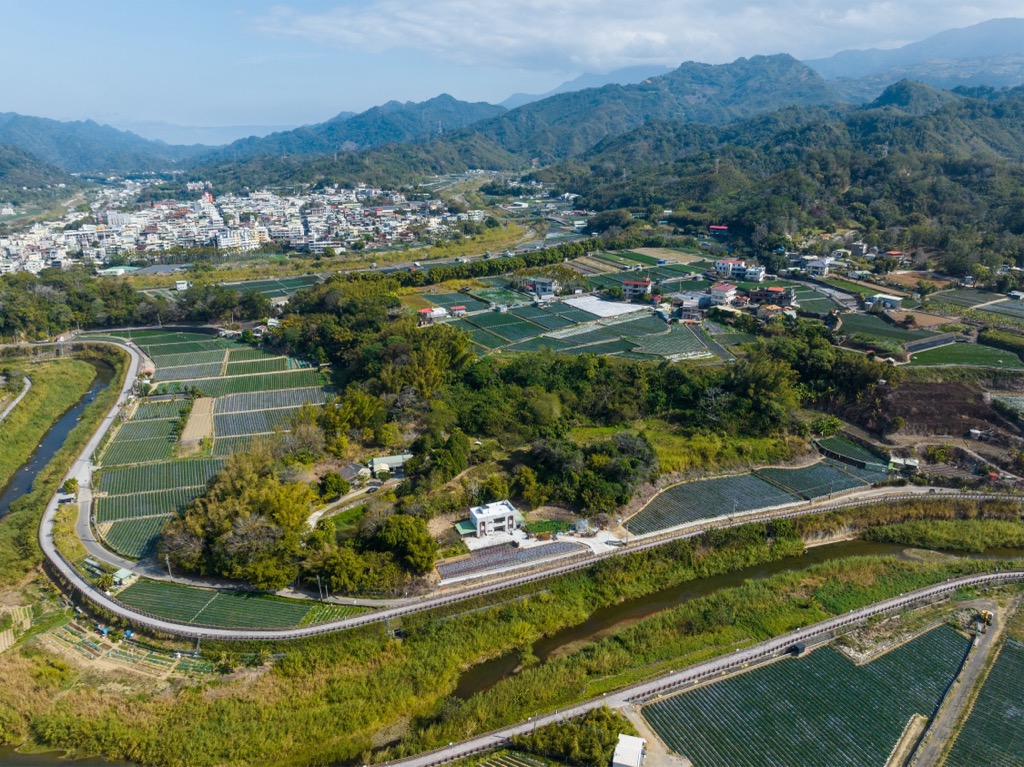
Nestled in Taichung City’s Dongshi District, south of Miaoli Sanyi Huoyan Mountain Nature Reserve, lies the enchanting Dongshi Forest Garden. Considered Taichung City’s Yangmingshan National Park (陽明山國家公園), this sprawling 225 ha (556 ha) garden is an enchanting year-round oasis, with blooming flora throughout every season.
In January, the garden is awash with the delicate beauty of plum blossoms, followed by the romantic allure of cherry blossoms from January to March. As the months progress into spring, the garden comes alive with azaleas from April to May and rhododendrons that flourish throughout summer. A visit to Dongshi Forest Garden is a journey through the many wonders of nature and a beautiful place to unwind in the idyllic floral garden.
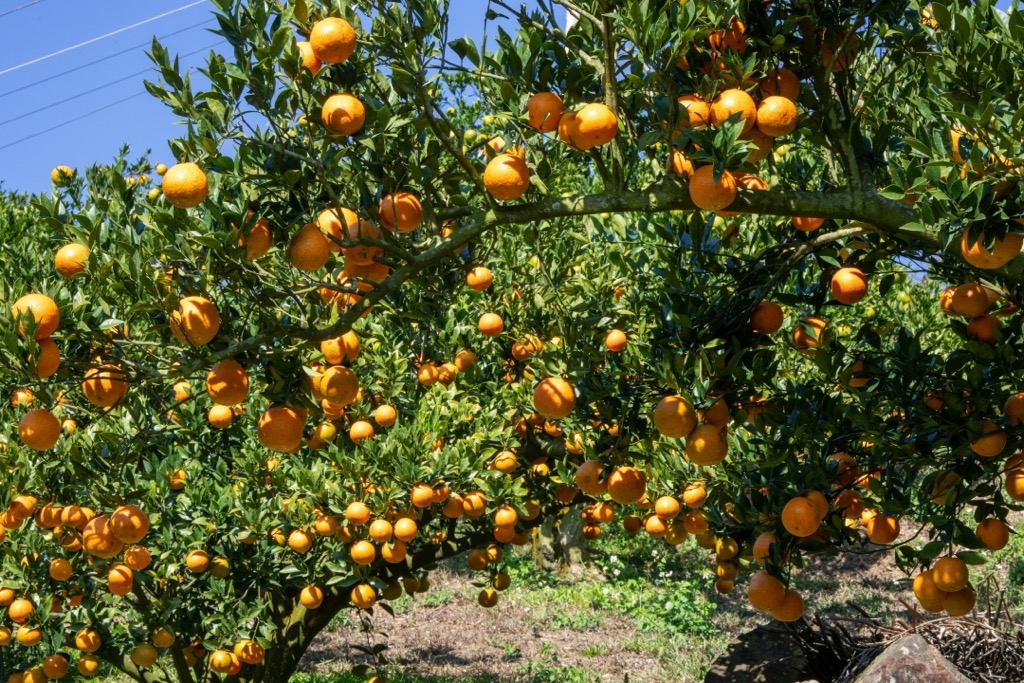
It’s best to stay in the nearby urban centers when visiting the remote destination of Miaoli Sanyi Huoyan Mountain Nature Reserve. Miaoli City and Taichung City make great bases for visitors, offering plenty to do and see.
An adventurer’s paradise, Miaoli City serves as a base for those exploring the rugged terrain. However, staying in Miaoli City is a treat in itself, as there are many exciting sights, places of history, and scenic spots to see.
Firstly, the Miaoli Hakka Roundhouse is a must-see attraction for anyone interested in the Hakka culture of Taiwan. This unique exhibit is a replica of a traditional toulu, a circular structure used by the Hakka people for residential and defensive purposes. Inside the roundhouse, you will discover a wealth of fascinating exhibits showcasing the Hakka people's rich history, traditions, and way of life.
It’s also worth exploring the lush hillside jungle of Maolishan Park. From this vantage point, you can enjoy stunning panoramic city vistas. The park boasts an extensive network of trails, including some that lead through breathtaking acacia forests. One of the park's highlights is the Gongweixu Tunnel, initially constructed by the Japanese as part of a railway line but now repurposed as a visitor walkway.
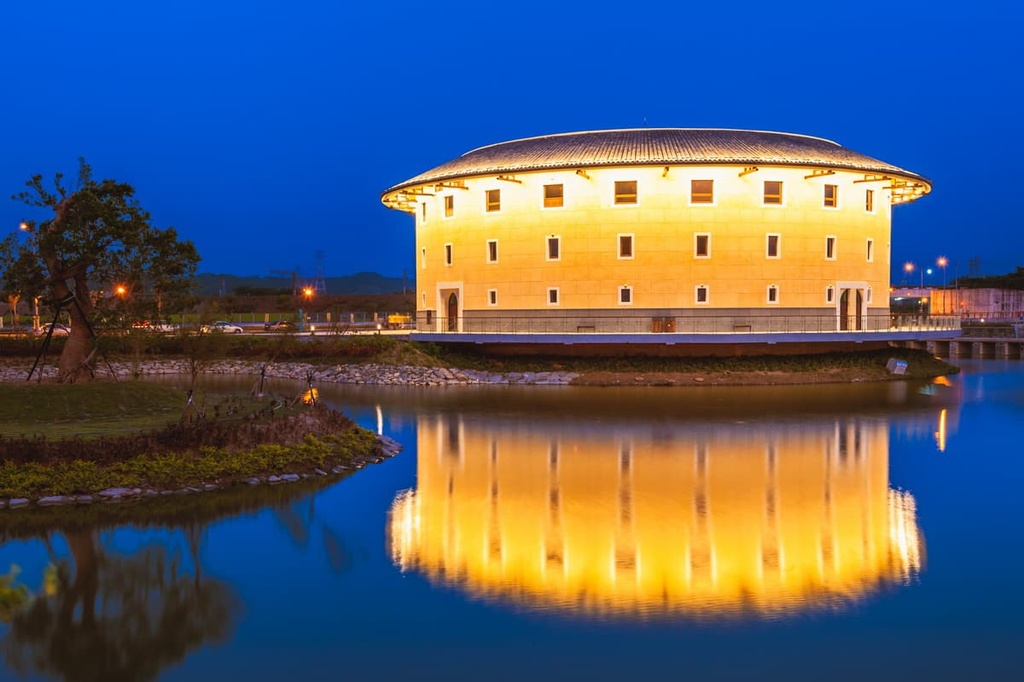
Then visit the Miaoli Railway Musem, a fascinating attraction that houses the region's rich railway history. Housed in a restored train station, the museum gives you a unique glimpse into the critical role that rail transport played in Taiwan's development. The museum's exhibits feature an impressive collection of artifacts, including antique locomotives, passenger cars, and vintage railway equipment.
Taichung City, located in central Taiwan, is an exciting and modern metropolis that offers visitors a unique blend of cultural heritage, natural beauty, and urban sophistication. With its wide range of attractions and activities, Taichung City is a perfect destination for travelers seeking the best of central Taiwan.
Whether you're a nature lover or just seeking a peaceful escape from the city, Taichung Park offers a serene atmosphere. Known as Taichung City’s oldest garden, the Japanese first designed it during the occupation era. Admire the park's spacious layout that features a collection of banyan and palm trees, creating a peaceful ambiance. The park's centerpiece is an artificial lake, providing a picturesque setting for a stroll or a picnic.
Next, visit the Xinshe District (新社區) in Taichung City for stunning floral landscapes. Each year, the Xinshe Sea of Flowers Festival occurs between November and December. It features an array of flower beds, including lavender, cosmos, sunflowers, tulips, and rhododendrons, transforming the area into a stunning sea of colors.
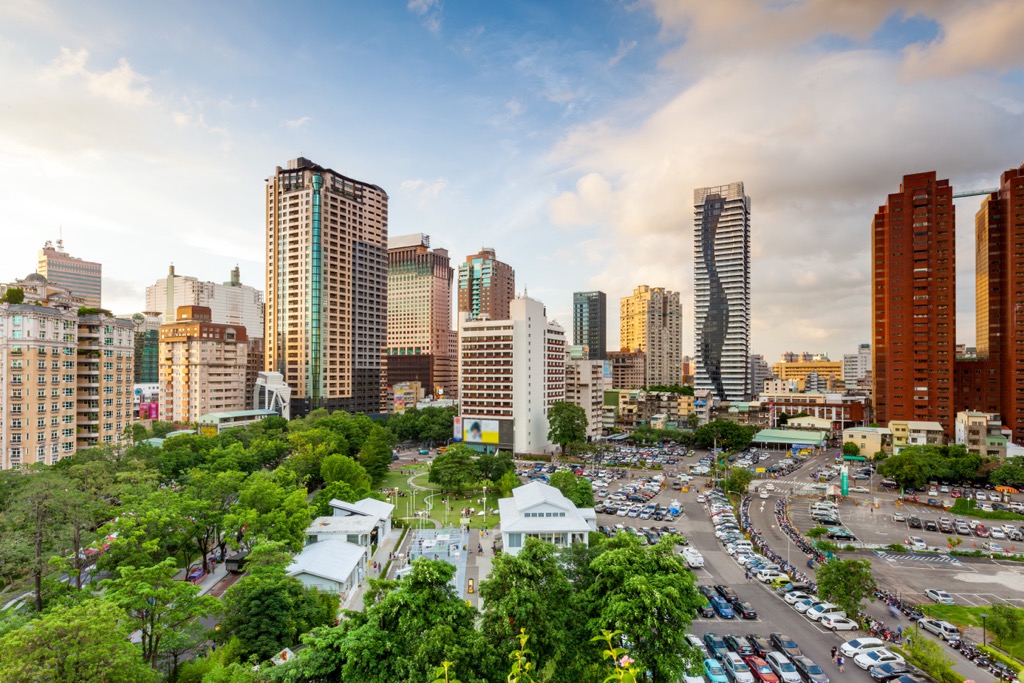
Finally, make your way to Fengjia Night Market (逢甲夜市) to sample some of the city's best street food. The Fengjia sweet potato balls are a must-try local delicacy - a chewy and doughy snack. The night market is also famous for its hotdog-style fried sausages in bao buns, known as da chang bao xiao chang, and egg omelets, also called dan bing. These popular street foods offer a delicious taste of Taichung's culinary scene.
Take the Taiwan High-Speed Rail (HSR) or local express train (TRA) to Miaoli City from Taiwan's major cities. While the public transportation to Miaoli Sanyi Houyan Mountain Nature Reserve is limited, the 28 km (17 mi) journey there via hired car, scooter, or taxi is manageable; you’ll arrive at your destination in under 30 minutes.
Explore Miaoli Sanyi Huoyan Mountain Nature Reserve with the PeakVisor 3D Map and identify its summits.








